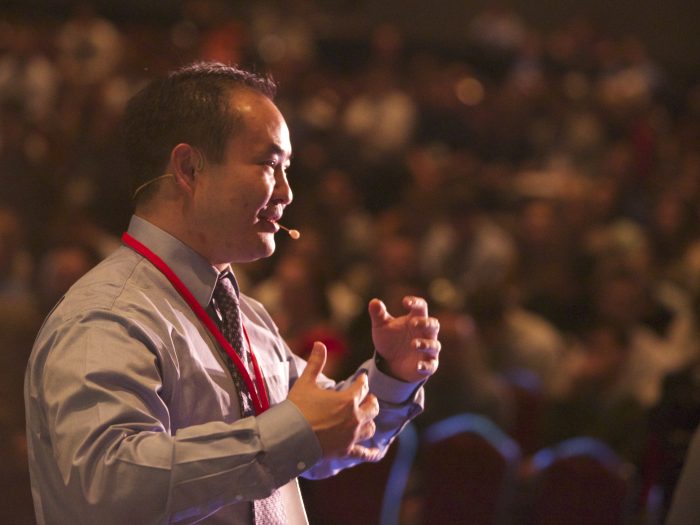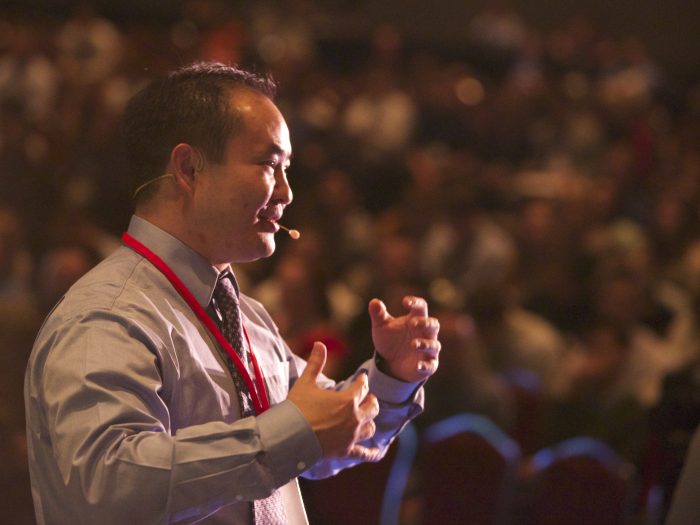What Qualifies You to Provide a Credible Opinion
Many people have strong opinions, whether credible or not, about what you should or should not do, whether backed by experience or not. And the more people you have, the more unsolicited opinions you’ll have coming at you– from family, friends, people who work for you, and random people on the internet. The tricky balance […]
What Qualifies You to Provide a Credible Opinion Read More »

